"Boost" for economic development in the capital
With the goal of developing key transport infrastructure, the Hanoi People's Committee believes that the early implementation of investment in the construction of three large bridges across the Red River (Tu Lien Bridge, Tran Hung Dao Bridge, Ngoc Hoi Bridge) is urgent. These bridges will increase inter-regional traffic connectivity, connecting the center of Hanoi with the northern and northeastern areas of the Red River. In a recent document submitted to the Government, the Hanoi People's Committee proposed that the Government approve the commencement of construction of the three bridges Tu Lien, Tran Hung Dao, and Ngoc Hoi to celebrate major holidays and anniversaries in 2025.
Specifically, Tu Lien Bridge was proposed by Hanoi to the Government to start construction on May 19, 2025 to celebrate the 135th birthday of the great President Ho Chi Minh (May 19, 1890 - May 19, 2025). Tran Hung Dao Bridge was planned to start construction on August 19, 2025 to mark the 80th anniversary of the August Revolution (August 19, 1945 - August 19, 2025). Ngoc Hoi Bridge was proposed to start construction on September 2, 2025, on the occasion of the 80th anniversary of National Day.
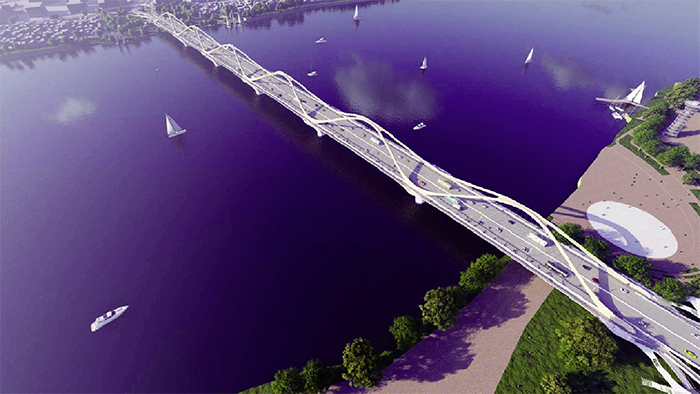
The Tran Hung Dao Bridge construction investment project will contribute to connecting the central area of Hanoi with the eastern area, completing the East-West connection of the city, creating conditions and premises for urban, industrial, commercial and service development, contributing to promoting socio-economic development, urban economy, creating architectural highlights of the city. At the same time, it will reduce traffic pressure on existing bridges over the Red River such as Long Bien, Chuong Duong, Vinh Tuy, Thanh Tri bridges, facilitating travel between the central area and the eastern development area of the city. With a total investment of nearly 16,000 billion VND, Tran Hung Dao Bridge is expected to become one of the most important traffic works of Hanoi in the coming years.
This is not only a new bridge across the Red River but also a strategic solution to help connect the inner city with neighboring areas more effectively. Tran Hung Dao Bridge will have many differences compared to current bridges such as Chuong Duong Bridge or Vinh Tuy Bridge. First, in terms of scale, Tran Hung Dao Bridge will be wider with 6 lanes for motor vehicles, 2 lanes for bicycles and 2 lanes for walking, better serving the needs of transportation and urban traffic. The bridge structure will include carefully calculated bridge branches, meeting current and future traffic needs.
Regarding Tu Lien Bridge, Hanoi City considers this project a special project, the road at the beginning of the bridge is the main urban road. Tu Lien Bridge and the road at both ends of the bridge from Nghi Tam intersection to Truong Sa intersection with a length of about 5.15km. The project is located in Tay Ho, Long Bien and Dong Anh districts, with a total investment of 20,171 billion VND. This bridge is considered the trump card of Hanoi traffic. The unique architecture of the bridge promises to make this place one of the new symbols of the dynamic capital.
Specifically, the bridge is designed as a cable-stayed bridge, with 2 pillars built in the image of 4 dragons soaring from the water into the sky, combined with a cable-stayed system like water jets clinging to the dragon's body and shooting out. This idea is closely associated with the name Thang Long - Hanoi, meaning the land of dragons flying up. From another perspective, the 2 main pillars of Tu Lien bridge appear softly like 2 small doves hovering over the Red River - the Mother River associated with the ups and downs of the capital's history. After completion, Tu Lien bridge will improve traffic conditions connecting across the Red River, promote the urbanization process of the area as a premise for implementing the policy of population dispersion, reducing traffic pressure in the central area of the city. At the same time, it will reduce the load on Chuong Duong, Long Bien, Nhat Tan, Thang Long and Vinh Tuy bridges; contributing to gradually completing the general planning for the construction of Hanoi Capital, the planning for the development of Hanoi's transport, ensuring security and defense for the Capital and developing modern urban space on both sides of the Red River.
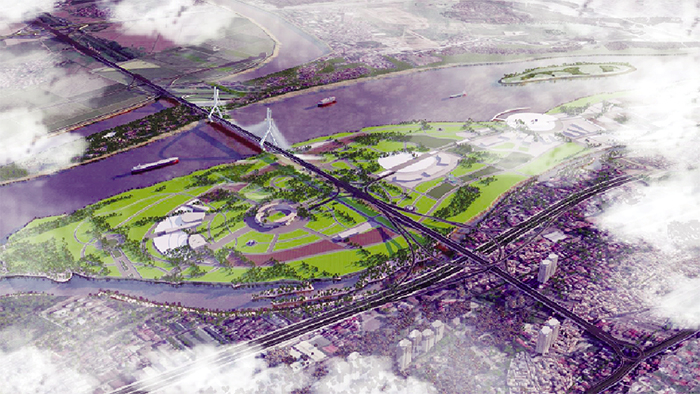
Ngoc Hoi Bridge is a key project in Hanoi's traffic planning, expected to start construction in 2025, with the goal of connecting the southern area of the city with the eastern area and neighboring provinces. Ngoc Hoi Bridge is located in Thanh Tri district (Hanoi) and Van Duc commune, Gia Lam district (Hanoi), adjacent to Van Giang town, Van Giang district (Hung Yen province). According to Director of Hanoi Department of Planning and Investment Le Anh Quan, the investment in the construction of Ngoc Hoi Bridge and the road at the bridgehead will be completed according to the planning of Ring Road 3.5 according to the traffic development planning; directly connecting to Hung Yen province, helping to increase the connection between Hanoi capital and Hung Yen province, creating favorable conditions, linking new urban areas, such as: Ecopark urban area, Dai An urban area, Dream City urban area... Thereby creating conditions for economic and social development in the southern area of Hanoi as well as the southern and southeastern provinces of the Capital Region such as: Hung Yen, Ha Nam, Bac Ninh. The length of the main bridge over the Red River and the approach bridge is 7.2km long, 33m wide; the road at the beginning of the bridge on the Hung Yen side is about 300m long, 60m wide. The total investment of the project is about 11,770 billion VND from the Hanoi city budget and the central budget.
Each bridge carries a cultural symbol.
Chairman of the Hanoi People's Committee Tran Sy Thanh said that the groundbreaking of the Tu Lien, Tran Hung Dao and Ngoc Hoi bridges is a "test step" for Hanoi to achieve its growth target of 8% or more by 2025. According to Chairman Tran Sy Thanh, in the current context, with special situations and special tasks, special solutions are required.
“In principle, the city leaders are determined to start construction of Tu Lien Bridge on May 19, 2025 with the spirit of not “backtracking”, starting construction of Tran Hung Dao Bridge in the spirit of following that. Ngoc Hoi Bridge will start construction after the Prime Minister approves the investor. The city will apply the bidding mechanism, apply the mechanism applied in the urban railway project in the spirit of proactive implementation, reporting to the Prime Minister and the city leaders will take responsibility”, the Chairman of the Hanoi People's Committee emphasized.
According to Dr. Architect Dao Ngoc Nghiem, Vice President of the Vietnam Urban Planning and Development Association, Hanoi's construction of more bridges will not only help reduce traffic pressure and reduce population in the inner city, but also contribute to the effective use of abundant land resources to restructure the economy, form and develop new residential areas. Thereby changing the value of land, typically when Nhat Tan Bridge is put into use, land prices in Dong Anh area skyrocket, or when Thanh Tri Bridge is built, land prices in Thanh Tri and Gia Lam areas are raised very high. From there, it can be seen that the bridge will promote the value of land. However, a basic factor is to base on the planning, raise the issue of what will be done around the bridge area, will there be industrial parks, urban areas, services, tourism... to strongly affect land prices.
If in the past, the construction of bridges was only for the purpose of traveling and trading between the two sides of the river, now, bridges also carry the responsibility of helping to balance development, it is like a giant scale, regulating and harmonizing between the two sides. It can be said that bridges not only ensure the purpose of transportation, but bridges are cultural symbols of a certain period, each bridge will have its own unique elements.
Source: https://cand.com.vn/Xa-hoi/nhung-cay-cau-mang-trong-trach-can-bang-su-phat-trien-i766647/


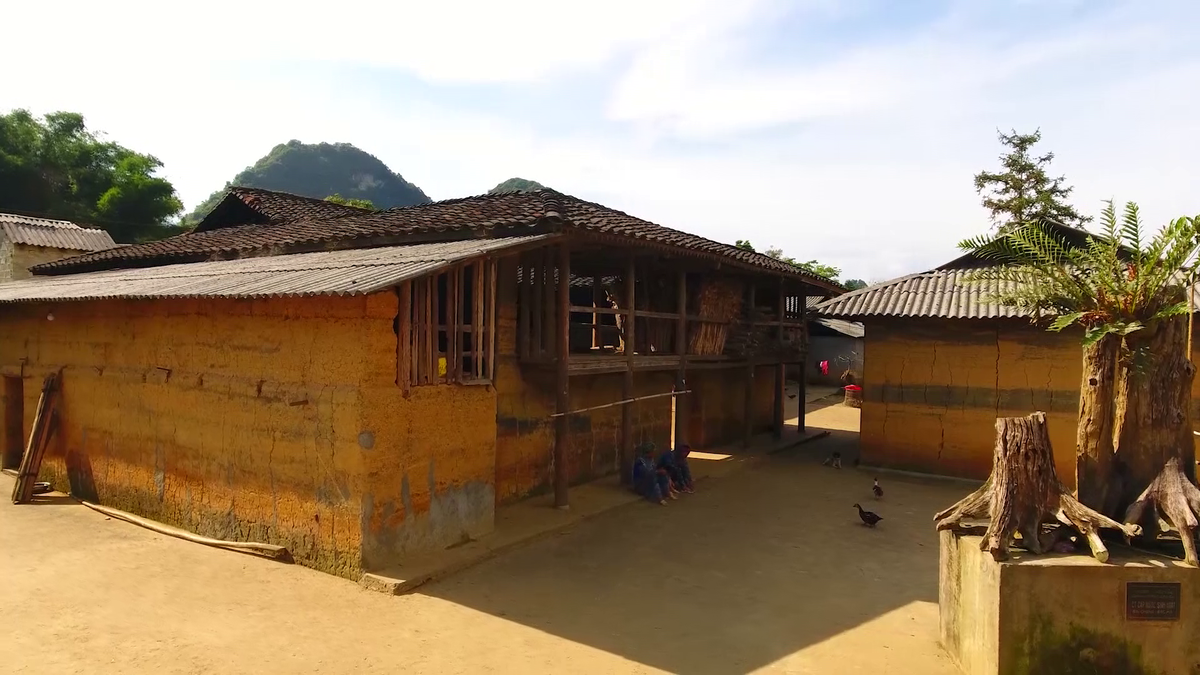
![[Photo] Prime Minister Pham Minh Chinh chairs a special Government meeting on the arrangement of administrative units at all levels.](https://vphoto.vietnam.vn/thumb/1200x675/vietnam/resource/IMAGE/2025/5/9/6a22e6a997424870abfb39817bb9bb6c)
![[Photo] Russian military power on display at parade celebrating 80 years of victory over fascism](https://vphoto.vietnam.vn/thumb/1200x675/vietnam/resource/IMAGE/2025/5/9/ce054c3a71b74b1da3be310973aebcfd)

![[Photo] General Secretary To Lam and international leaders attend the parade celebrating the 80th anniversary of the victory over fascism in Russia](https://vphoto.vietnam.vn/thumb/1200x675/vietnam/resource/IMAGE/2025/5/9/4ec77ed7629a45c79d6e8aa952f20dd3)
![[Photo] Magical moment of double five-colored clouds on Ba Den mountain on the day of the Buddha's relic procession](https://vphoto.vietnam.vn/thumb/1200x675/vietnam/resource/IMAGE/2025/5/9/7a710556965c413397f9e38ac9708d2f)
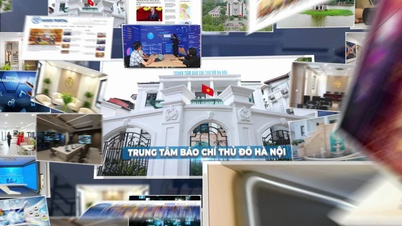

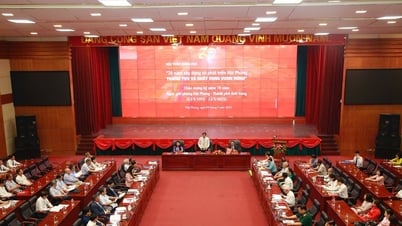


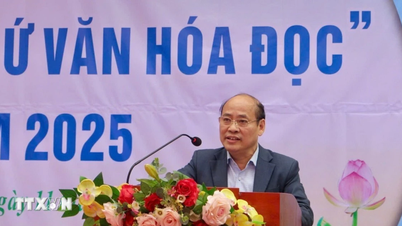





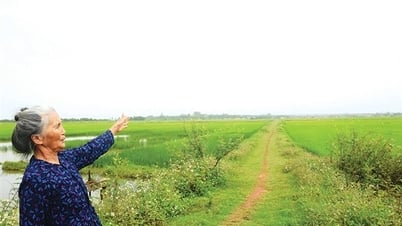
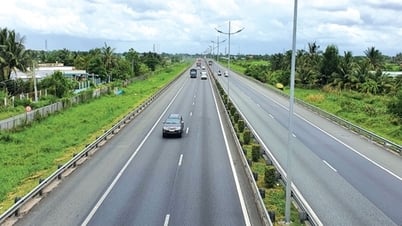

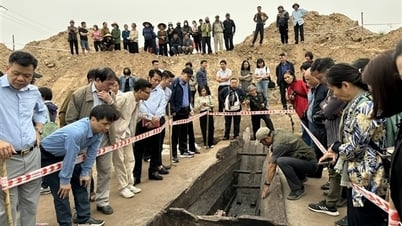
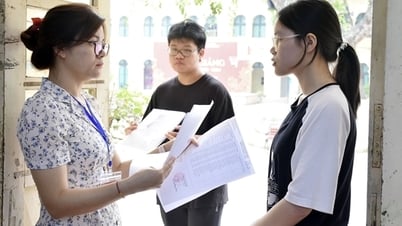
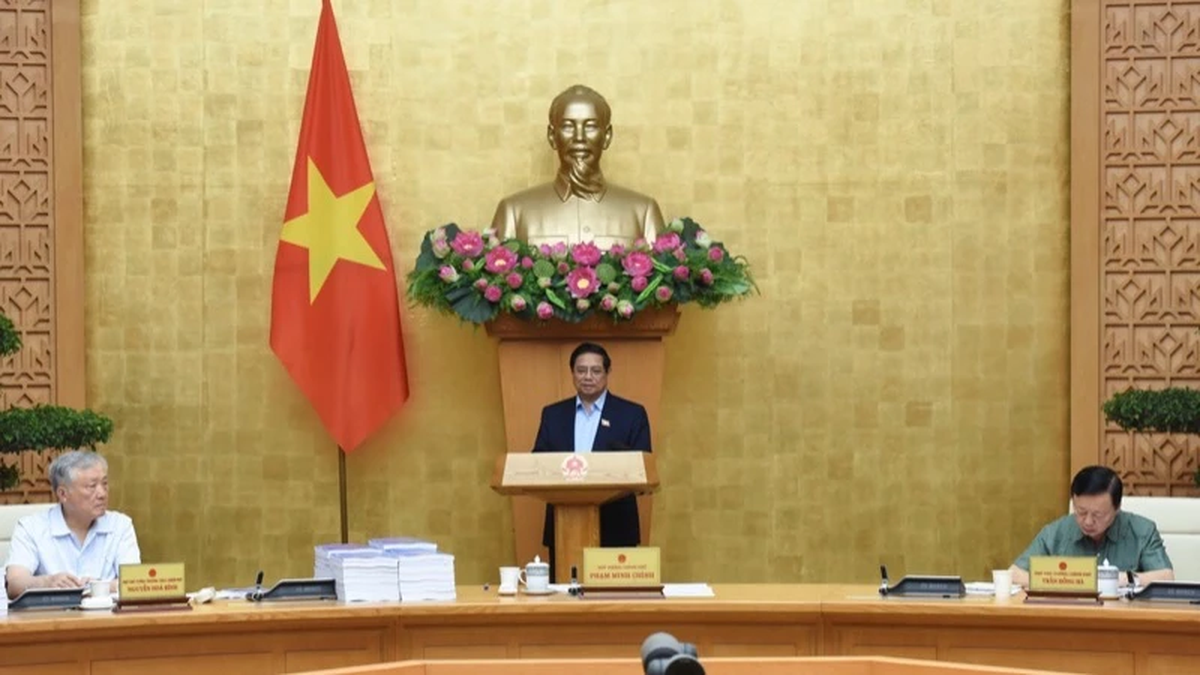
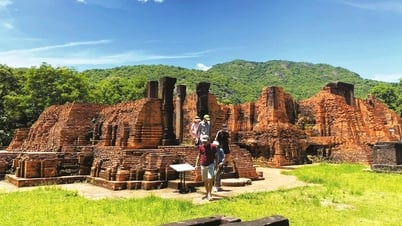

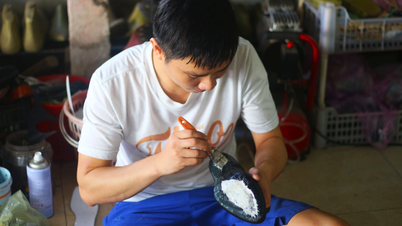























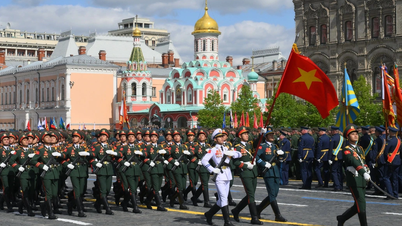

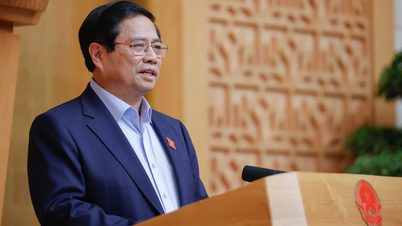
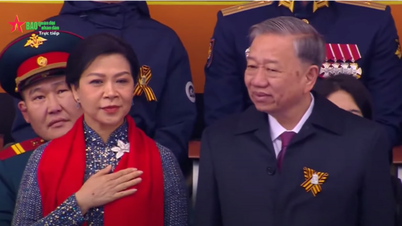


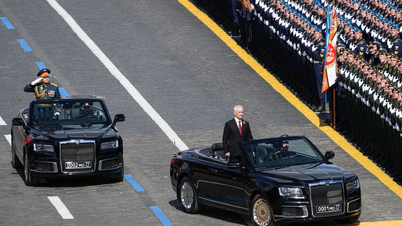

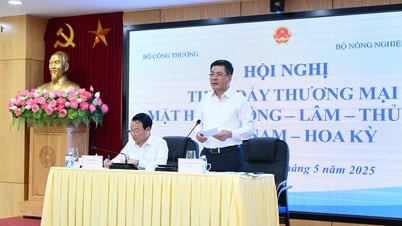




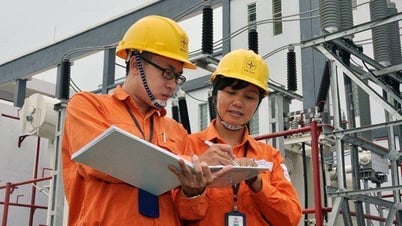
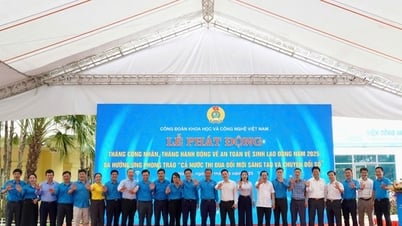

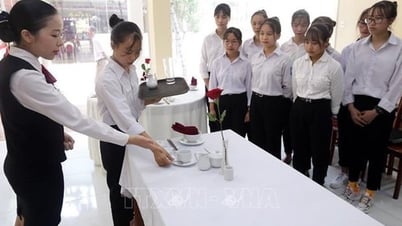
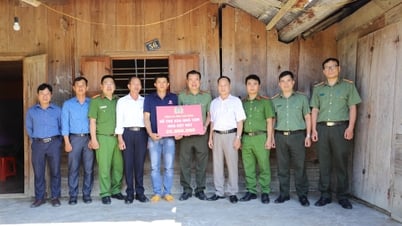

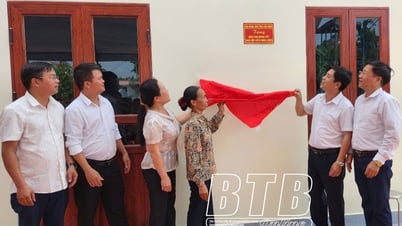

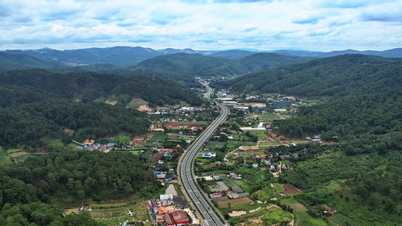
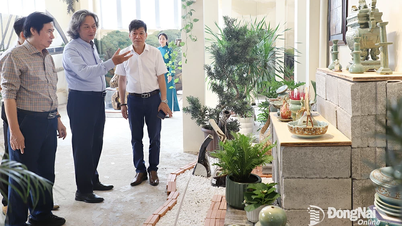

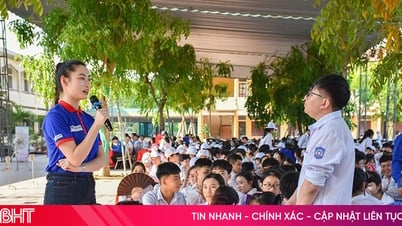














Comment (0)